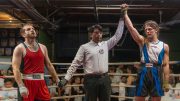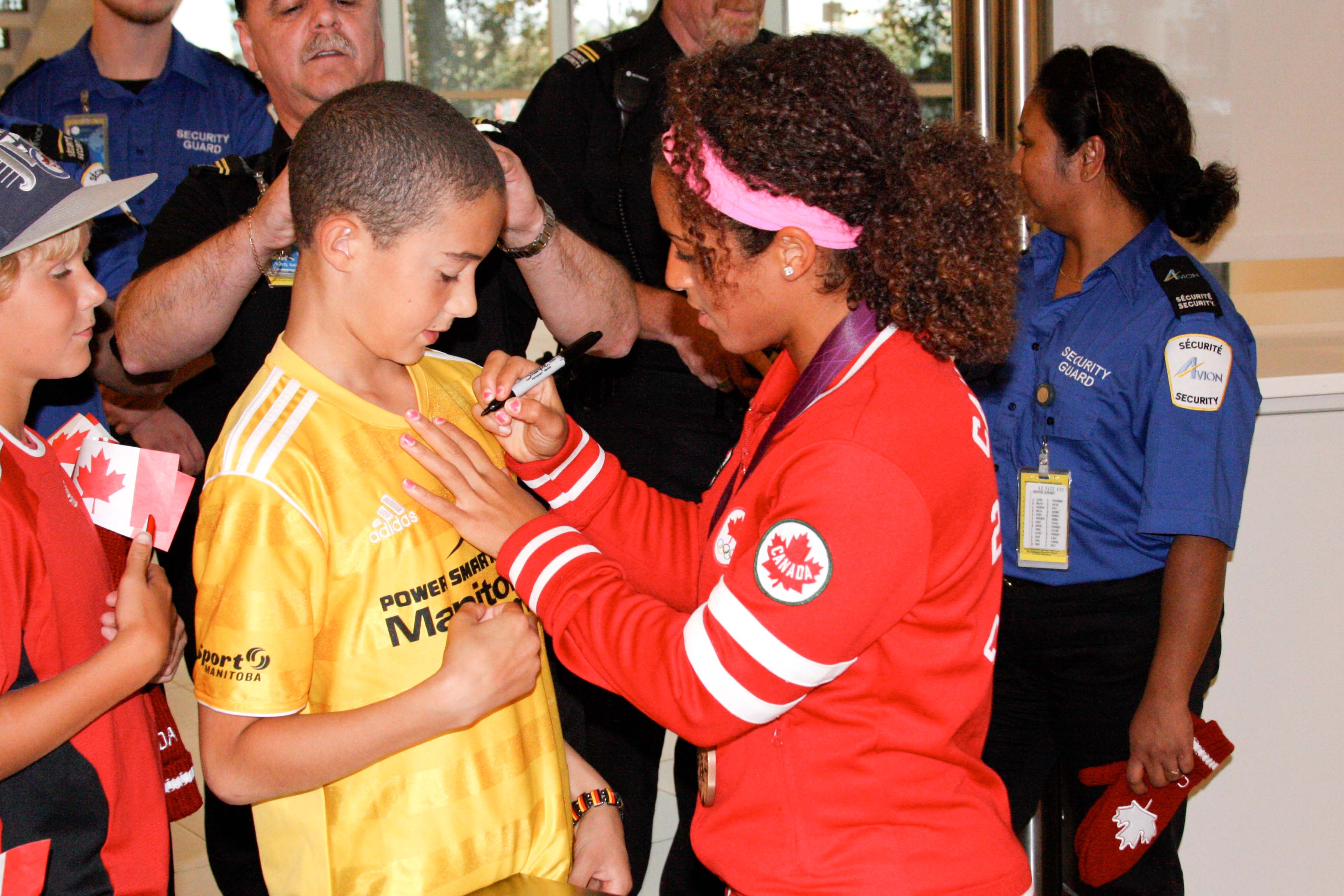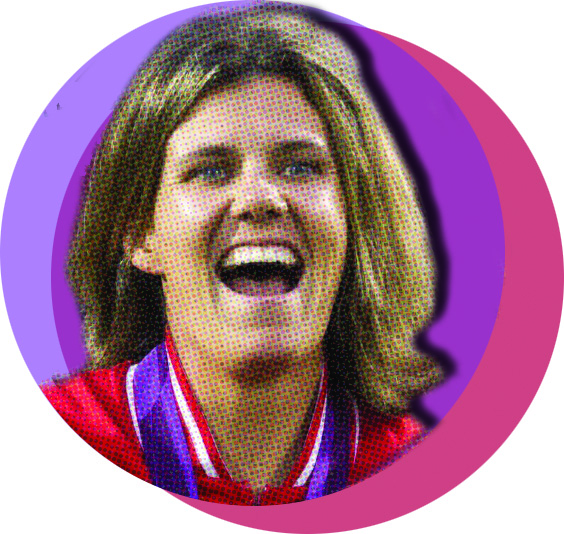This month marks the 25th anniversary of the first Winter Olympics held on Canadian soil. From February 13-28, 1988, 1,423 athletes descended onto Calgary for the XV Winter Olympic Games. While the games may be remembered for Matti Nykänen, Alberto Tomba, the Battle of the Brians, and other great athletic performances, two stand out not because they were great—in fact, both finished near or dead last—but because they may have been the unlikeliest athletes ever to reach the Olympic Games and have achieved the status of myth.
The story of the Jamaican bobsleigh team was forever immortalized in the 1993 Disney movie Cool Runnings starring the late John Candy. However, as usually happens in films “based on a true story,” the filmmakers took liberties on what really happened. So here is the truth. Two expat American businessmen, George Fitch and William Maloney, believed Jamaicans would be natural bobsledders due to their sprinting ability and the popularity of pushcart derbies in the country. But after finding few volunteers, the businessmen approached the military and from the military came three athletes: driver Dudley Stokes, Devon Harris, and brakeman Michael White.
Both Stokes and White competed in the two-man sled where they finished 30th out of 41 sleds, but the four-man sled almost did not happen. After an injury to one of the four-man sledders, Stokes suggested his younger brother Chris, a sprinter at the University of Idaho, as a replacement. With nothing to lose, and Chris already in town as an Olympic spectator, they were able to get him accreditation in time for him to compete for Jamaica. During the third of four runs, the sled overturned and while the team walked the sled over the finish line, it was officially a DNF. Despite the failure in 1988, Jamaica continued to compete in bobsleighing and actually finished 14th in the four-man competition six years later in Lillehammer, ahead of both American and Russian sleds. Lascelles Brown, a former brakeman for Jamaica, later won two Olympic medals for Canada: silver in Turin and bronze in Vancouver.
Just like the Jamaicans, Eddie “The Eagle” Edwards, a far-sighted, slightly overweight plasterer/ski jumper from Great Britain, also became a big story in Calgary. A former downhill skier, Edwards decided to take up ski jumping, and when no other Brits applied, his Olympic dream seemed to be in reach. Despite finishing last at the 1987 World Championships, he managed to qualify for Calgary. In fact, he learned of his qualification while being lodged at a Finnish mental hospital due to lack of funds.
Just as in the World Championships, the results weren’t any different in Calgary. In both the normal hill and large hill events, Edwards scored approximately half as many points as the jumper in second-to-last place. He had a 55m jump on the normal hill and 71m on the large hill. By comparison, Matti Nykänen had jumps of 89.5m and 118.5m. Despite this, Edwards became a celebrity and even appeared on The Tonight Show Starring Johnny Carson. Ten years later, he attempted to qualify for the Nagano Olympics where, despite having sponsors and a 40m improvement on the large hill, he was unsuccessful. In January, 2010 Edwards took part in the Olympic Torch Relay and ran his leg in Winnipeg.
The International Olympic Committee later tightened its rules regarding Olympic qualification after Edwards’ performance, and perhaps more deserving athletes should have gone to Calgary instead of him and the Jamaican bobsledders. But these two examples have shown that the Olympic dream is possible for any athlete.





